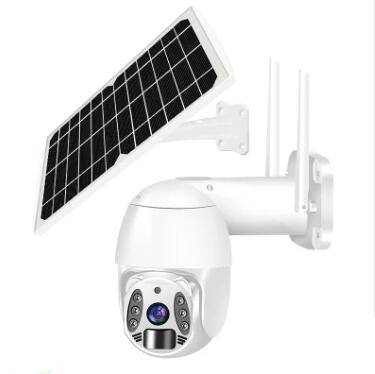Navigating the Watchful Eyes: Understanding the Difference Between Physical and Digital Surveillance
2023-11-28
Introduction:
In the intricate landscape of surveillance, where watchful eyes monitor various aspects of our lives, two primary categories stand out: physical and digital surveillance. Each form encompasses distinct methodologies and technologies, playing pivotal roles in ensuring security and, at times, raising ethical considerations. In this blog, we will delve into the differences between physical and digital surveillance, exploring their unique characteristics and applications.
Physical Surveillance:
1. Definition:
- Physical surveillance involves the direct, human observation of individuals, locations, or activities.
- Trained personnel or law enforcement officers typically conduct physical surveillance.
2. Methods:
- Observers use their senses, such as sight and hearing, to gather information.
- Physical surveillance often involves stakeouts, undercover operations, and covert monitoring.
3. Equipment:
- Traditional tools include binoculars, cameras, audio recording devices, and other discreet equipment.
- Physical surveillance relies on the discretion and skill of the human observer.
4. Locations:
- Physical surveillance is commonly employed in both public and private spaces.
- It is often used in criminal investigations, intelligence gathering, and security operations.
5. Limitations:
- Resource-intensive: Requires human presence and continuous attention.
- Prone to human error: Observers may miss critical details, and sustained surveillance may be physically demanding.
Digital Surveillance:
1. Definition:
- Digital surveillance involves the use of electronic technologies to monitor and collect data.
- Automated systems, cameras, sensors, and algorithms often play key roles in digital surveillance.
2. Methods:
- Data is collected and processed electronically, reducing the need for constant human observation.
- Advanced analytics can be employed for pattern recognition, anomaly detection, and behavior analysis.
3. Equipment:
- Cameras, sensors, drones, and other electronic devices are the primary tools for digital surveillance.
- Artificial intelligence and machine learning algorithms may be utilized for data analysis.
4. Locations:
- Digital surveillance is prevalent in both physical and virtual spaces.
- Public spaces, businesses, homes, and online platforms can be subject to digital surveillance.
5. Advantages:
- Automation: Requires less human intervention for continuous monitoring.
- Scalability: Can cover large areas efficiently.
- Data storage and retrieval: Digital systems facilitate the storage and retrieval of vast amounts of data.
Integration:
1. Hybrid Systems:
- Many modern surveillance setups integrate both physical and digital elements.
- Human observers may work in tandem with automated systems to enhance efficiency and accuracy.
2. Smart Cities and IoT:
- The advent of smart cities involves extensive digital surveillance through interconnected devices and sensors.
- The Internet of Things (IoT) contributes to a networked ecosystem for comprehensive surveillance.
Conclusion:
Understanding the differences between physical and digital surveillance is essential in navigating the evolving landscape of security and privacy. While physical surveillance relies on human observation and traditional tools, digital surveillance leverages electronic technologies, automation, and sophisticated data analysis. As societies grapple with the ethical implications of surveillance, finding a balance between the benefits of enhanced security and the protection of individual freedoms remains a critical challenge. Whether in the physical or digital realm, the watchful eyes of surveillance continue to shape the contours of our interconnected world.



